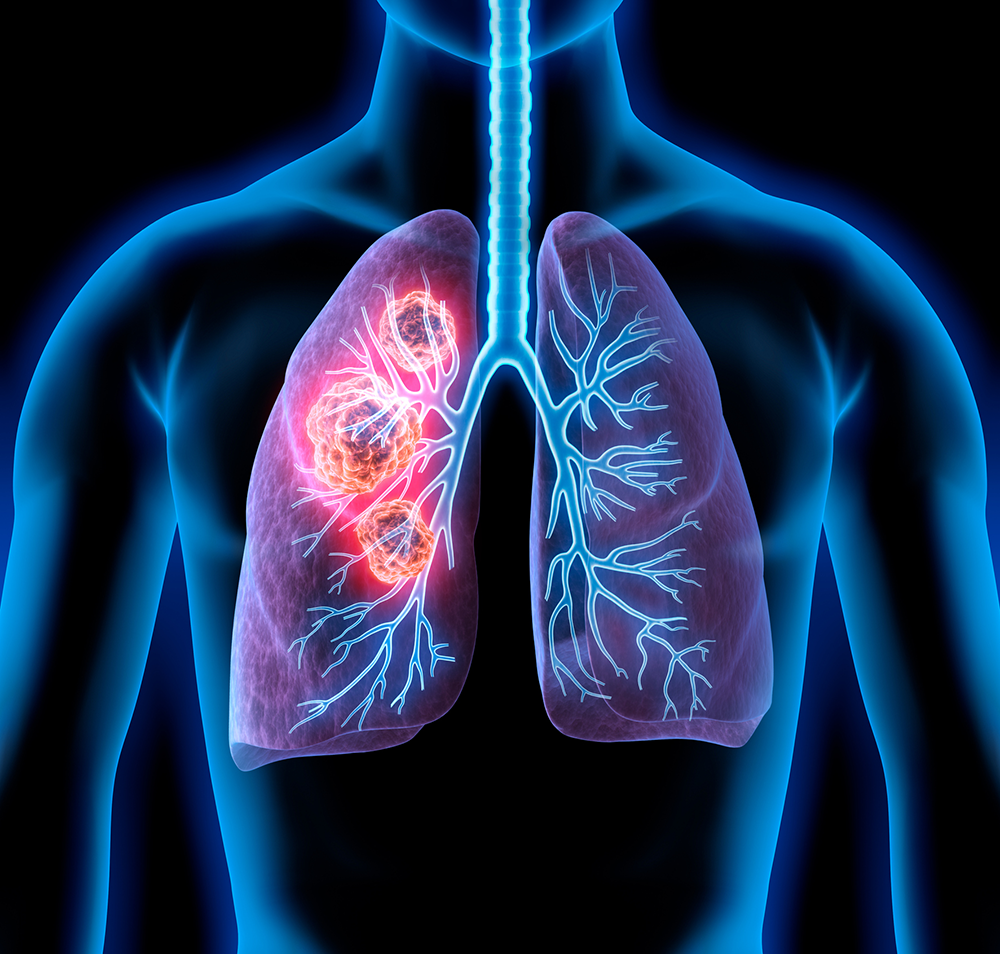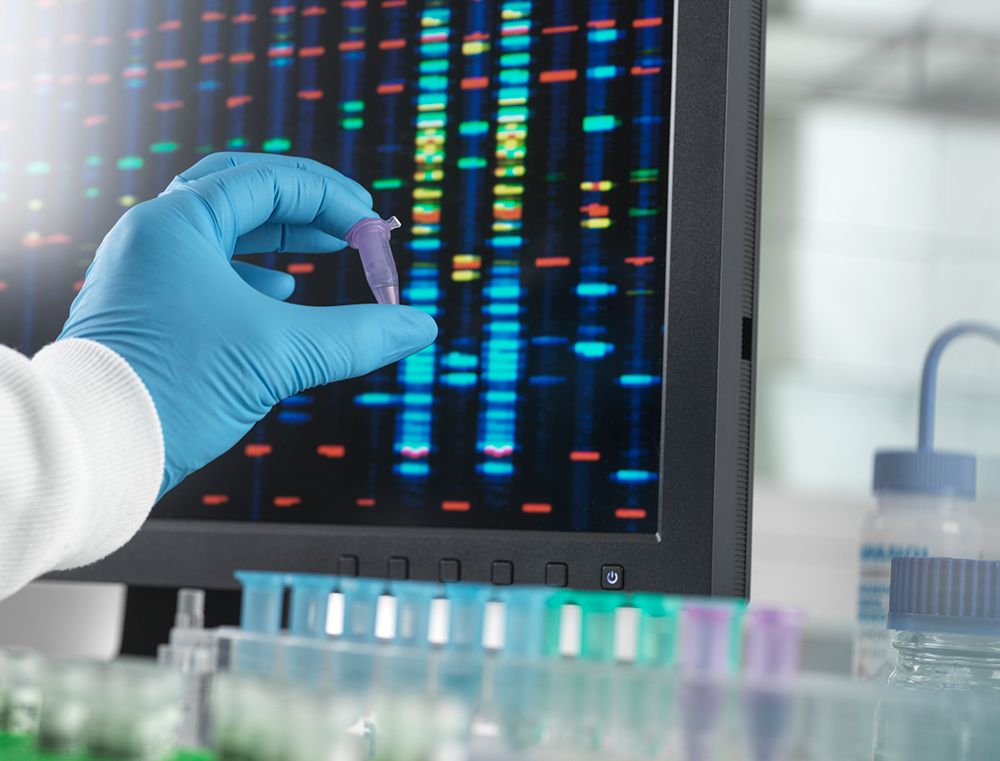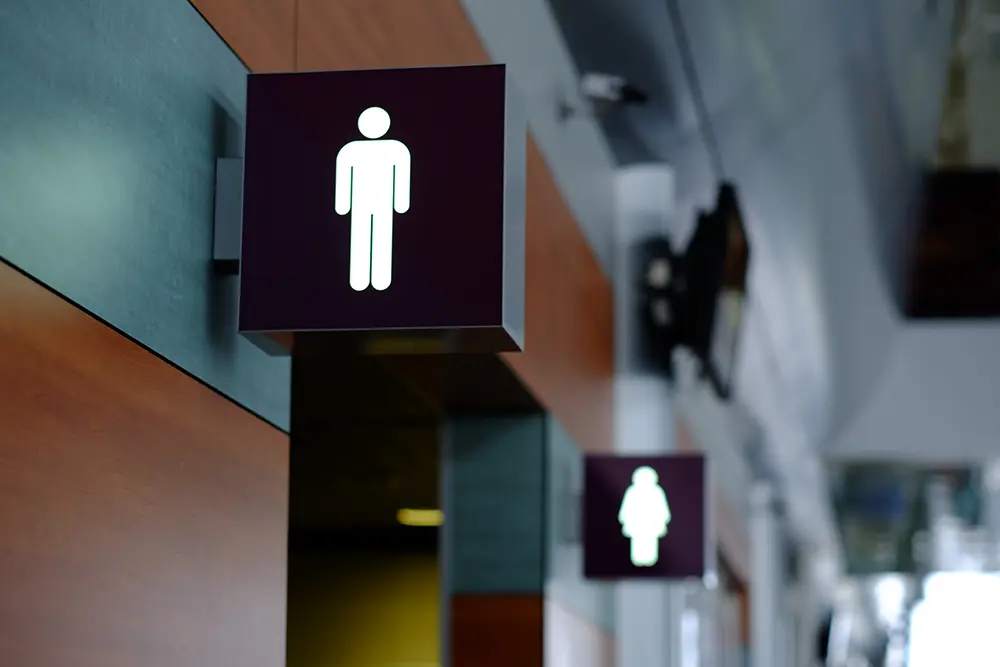Nathan Snyder has been in Scouting program since he was in 1st grade. “I joined Cub Scouts because it was what most boys were doing at my school,” he said. Because he loves being outdoors, he decided to continue on to the Boy Scout program which includes a lot of outdoor activities.
Nathan is now a Boy Scout with Troop 207 at St. Joseph’s Church in Rosemount, Minn. Now a senior at Rosemount High School who will be 18 in February, he has moved up the ranks of the program and has been working towards the ultimate Boy Scout rank, Eagle Scout.
{image_2}
Becoming an Eagle Scout is no easy task. In fact, only four percent of Boy Scouts are granted this rank after a lengthy review process. According to the Boy Scouts of America, the rank of Eagle Scout may be earned by a Boy Scout who has been a Life Scout for at least six months, has earned a minimum of 21 merit badges, has demonstrated Scout Spirit, and has demonstrated leadership within his troop, team, crew or ship. Additionally he must plan, develop, and lead a service project—the Eagle Project—that demonstrates both leadership and a commitment to duty. After all requirements are met, he must complete an Eagle Scout board of review. He can complete the board of review up to 3 months after his 18th birthday as long as all other requirements are completed before his 18th birthday.
{image_1}
When Nathan approached his Eagle Project, he considered various options. At first, was leaning towards a construction project with his school or a nearby park. “Between school, earning merit badges, and being on the wrestling team, I decided a construction project wasn’t the best way to go,” Nathan said. “There are often a lot of permits involved which can complicate the process.”
Nathan’s cousin, Sarah Jones, is an oncology nurse at Minnesota Oncology in Burnsville. She mentioned to Snyder that the Burnsville Clinic had tie blankets that had been made for patients and donated to the clinic, but they were running low. “I took a tour of the clinic and saw that they only had a few blankets left, and I decided that I wanted to make more for the patients.”
{image_5}
“More” blankets turned into 72 full-size blankets, an undertaking that took a significant amount of fundraising and labor. Nathan says he originally started fundraising through Facebook by asking family and friends for support, whether it was monetary or fabric donations. “I started getting so many responses back,” he said. “My original goal was 50 blankets, but people were extremely generous, and the donations of money and materials kept coming.”
Nathan organized five work sessions and trained and managed about 150 volunteers of all ages to volunteers help organize, cut, and tie all the blankets. Together, the group put in more than 280 hours into the project. Students from Rosemount Hight School also helped – Rosemount High School (senior).
“I tried to make patterns that would suit every single person as much as possible – sports, animal, multi-colored,” Nathan said. “They are there for comfort.”
{image_4}
When Nathan and his family delivered the blankets to Minnesota Oncology’s Burnsville Clinic just before the Christmas holiday, the clinic staff and patients were delighted and appreciative. “We have had patients speak to how warm they make them feel when getting their treatments,” said Minnesota Oncology nurse Sarah Jones, Nathan’s cousin. “I had one patient who said she was able to curl up and relax with it at home when she wasn’t feeling well. She said it kept her so warm and comfortable.”
When Nathan delivered the blankets to the Burnsville Clinic, he was able personally hand a blanket to Minnesota Oncology patient Cathy Kirsch who selected a baseball pattern and expressed her gratitude. “My husband and I both have cancer,” Cathy said. “We’ll share this blanket and are very grateful.”
{image_3}
In addition to bringing comfort to patients, the project was a learning process for Nathan. “I saw was that there was a need for something for cancer patients, and I provided a way of solving that need,” he said. “If you try to help someone out and put it out there, people are willing to help you help them.”



